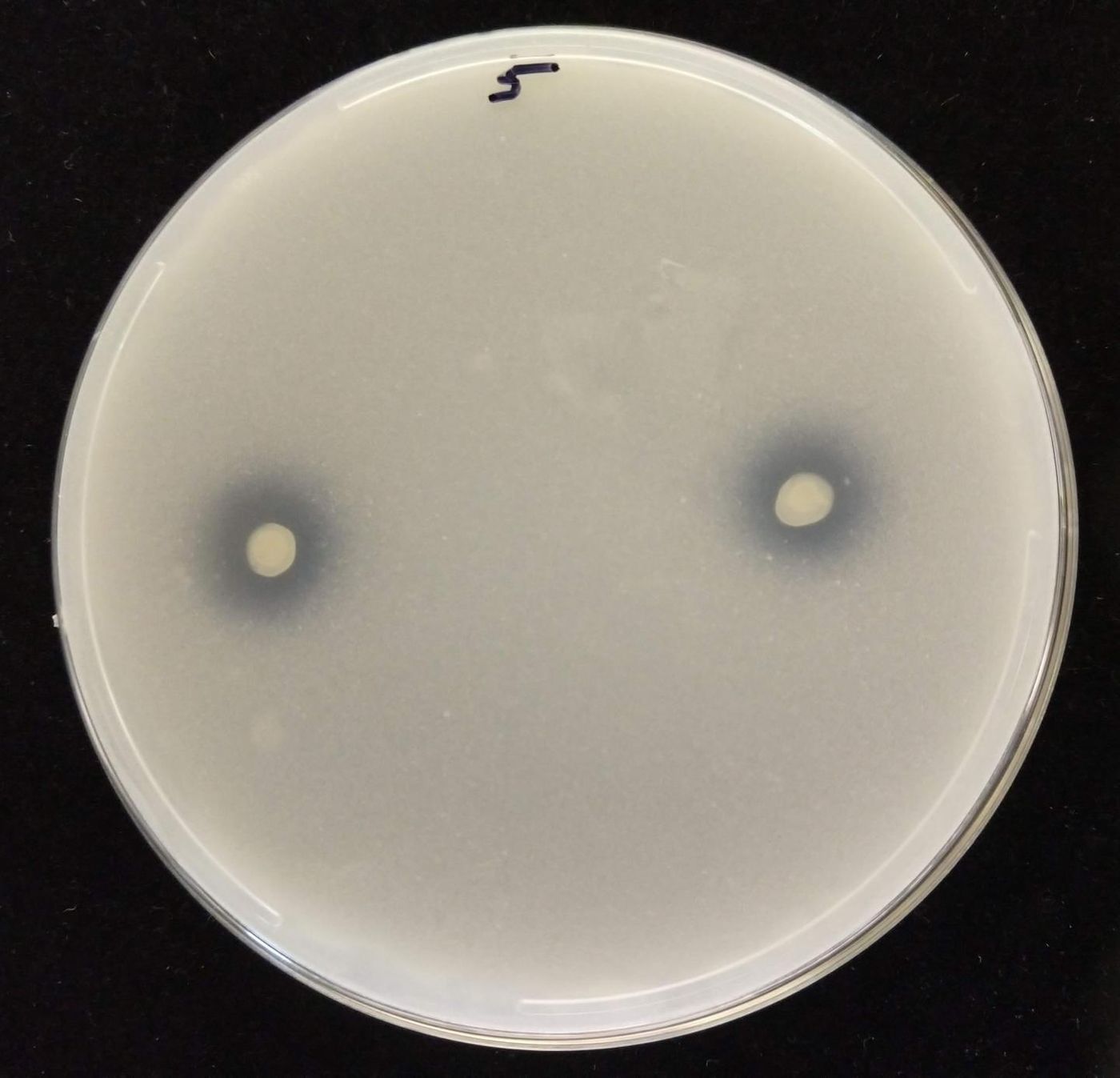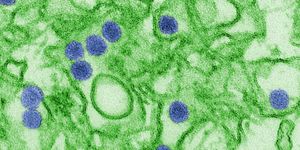How to Help Plants Thrive While Reducing Fertilizer Use
Soil helps provide plants with some of the nutrients they need to grow, including phosphorous. Fertilizers may include phosphorous, but when it's applied to plants, it may react with other things in the soil, forming complexes that keep phosphorous out of the plants' reach. That means growers have to keep applying more chemical fertilizer to the soil, which can cause phosphorous to accumulate in the soil over time. Rainwater can carry this excess of phosphorus and other chemicals to waterways, where the runoff can damage the aquatic environment.
Scientists have now learned more about a potential alternative solution that may help plants get adequate amounts of phosphorous, without requiring farmers to use more fertilizer. They found that microbes might be able to unlock the complexes that take phosphorous away from plants.
"We're harnessing a natural plant-microbe partnership," said Sharon Doty, a professor at the University of Washington (UW) School of Environmental and Forest Sciences. "This can be a tool to advance agriculture because it's providing this essential nutrient without damaging the environment."
Doty and colleagues have already shown that microbes taken from wild plants can help other plants survive and grow in environments that lack adequate nutrition, and these microbes may also help clean up pollution. Now the researchers have found that samples of microbes taken from trees growing next to streams in the wilds of Western Washington can dissolve the chemical complexes that lock phosphorous away in the soil. The findings have been reported in Frontiers in Plant Sciences.
Like most organisms including humans, plants need microbes to survive, especially because the microbes help with nutrient absorption. Bacteria and fungi that live within a plant for at least a portion of their lifetime are called endophytes. They are a kind of plant probiotic, said senior study author Doty.
In this work, the researchers inoculated poplar plants with the phosphorous-complex-dissolving bacteria and sent them to study collaborator Tamas Varga, a materials scientist at the Environmental Molecular Sciences Laboratory at Pacific Northwest National Laboratory in Richland, Washington. Imaging tools were applied there and at other labs to provide evidence that the phosphorous that was freed from the complexes was taken up by the plants at their roots.
Once inside the plant, the phosphorous binds to new complexes. Again, endosymbionts perform an essential function, as they are inside the plant and ready to dissolve these new complexes to keep the supply of phosphorous freely available.
This work may help farmers improve agriculture, both by improving soil conditions and by helping plants thrive. It may also aid in the reduction of fertilizer use, and subsequent relief from runoff pollution. The effort would only require microorganisms.
"This is something that can easily be scaled up and used in agriculture," Doty said.
The endophyte strains in this study have been licensed by UW, and the university is hoping to market them to the agriculture industry.
Sources: AAAS/Eurekalert! via University of Washington, Frontiers in Plant Sciences










